while you want to start your hazelnut business and think about the profits of its cultivation, you shouldn’t forget the issues which may be in your way. Pests are one of those problems you should watch. In this topic, we suggest you some methods in case of pest prevention. Prerequisites Plants that can resist challenging growing conditions are hazelnuts. It grows best in well-drained loam soil with a pH of 5.5 to 7.5 in full sun or light shade, and it should be planted in soil at least 2.4 to 3 m (8-10 ft) deep. Wherever large, robust wild hazelnuts are present, hazelnuts thrive. Propagation Strategies even though cuttings can be used to propagate film, barely 20 to 50 percent of cutting attempts result in rooted cuttings. Styling is the most effective method of hair restoration. Tip layering is the most popular and effective technique in manufacturing commercial hazelnuts. The process of branch layering is bending the branches into a V shape and burying the lower shoots 20 to 25 cm (8-10 inches) beneath the surface of the soil, leaving the top shoots’ tips intact. 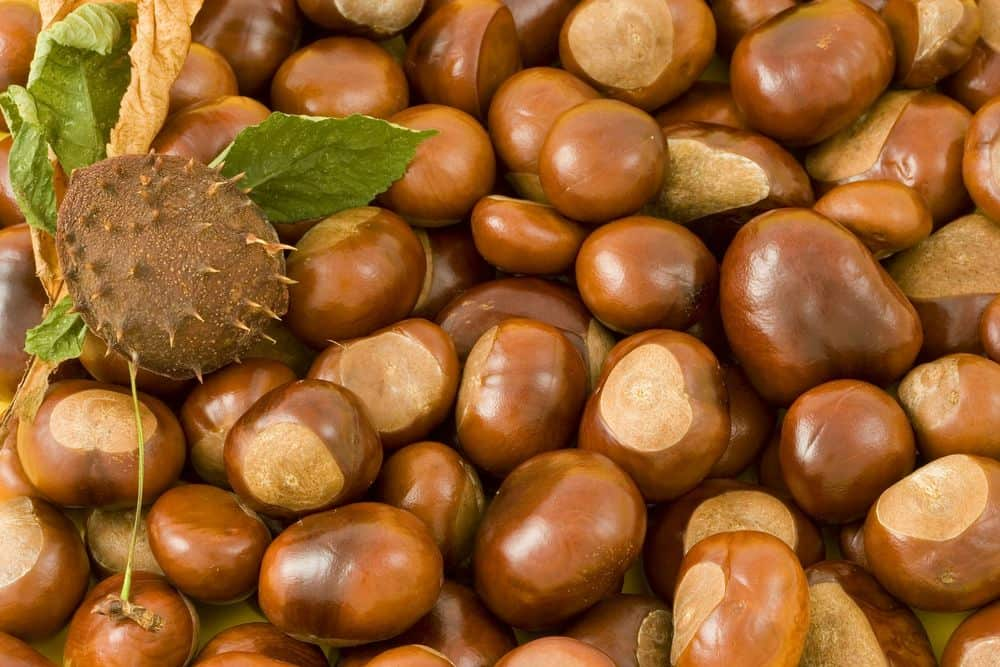 Keep the soil moist to encourage root development above the V-bend at the end. Ideally, the roots should assemble in a 5–10 cm (2-4 in) region of the shoot. When planting trees, dormant trees should be planted in the early winter. Planting distances for trees should be at least 6 meters (20 feet). Trim off broken ends and remove as much of the old layer as possible before planting. Avoid planting the tree too deeply and dig a hole big enough for the roots. Press loose soil into the holes around the gaps with your hands, removing any air pockets. To set up the tree, press earth into the roots. Add loose soil to the remaining space in the hole. The tree should grow back quickly after planting to compensate for the diminished water absorption. The tree should be 45 to 76 cm tall (18-30 inches). The hazelnut tree’s suckers must be cut off at or close to their starting point on the trunk. The soil surrounding the straw can be delicately removed to do this. Any more shots appearing once the stems are bare should also be taken out. Cutting as close to the branch as you can, at or just below the soil line, promotes the growth of more suction cups. Trees that have just been planted are often harvested two to three years after planting, but it’s possible that they won’t be fully productive for another 25 years. Two to three harvests of walnuts are typical for this season. Like commercially manufactured nuts, nuts can be industrially dried or ground dried at temperatures between 90 and 100°C.
Keep the soil moist to encourage root development above the V-bend at the end. Ideally, the roots should assemble in a 5–10 cm (2-4 in) region of the shoot. When planting trees, dormant trees should be planted in the early winter. Planting distances for trees should be at least 6 meters (20 feet). Trim off broken ends and remove as much of the old layer as possible before planting. Avoid planting the tree too deeply and dig a hole big enough for the roots. Press loose soil into the holes around the gaps with your hands, removing any air pockets. To set up the tree, press earth into the roots. Add loose soil to the remaining space in the hole. The tree should grow back quickly after planting to compensate for the diminished water absorption. The tree should be 45 to 76 cm tall (18-30 inches). The hazelnut tree’s suckers must be cut off at or close to their starting point on the trunk. The soil surrounding the straw can be delicately removed to do this. Any more shots appearing once the stems are bare should also be taken out. Cutting as close to the branch as you can, at or just below the soil line, promotes the growth of more suction cups. Trees that have just been planted are often harvested two to three years after planting, but it’s possible that they won’t be fully productive for another 25 years. Two to three harvests of walnuts are typical for this season. Like commercially manufactured nuts, nuts can be industrially dried or ground dried at temperatures between 90 and 100°C. 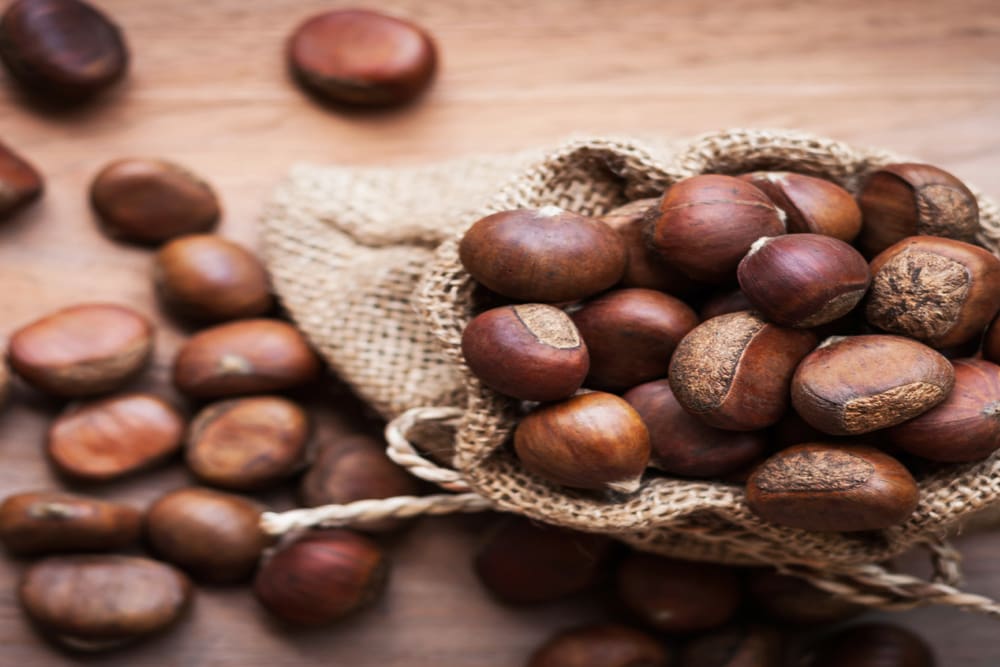
hazelnut pests and diseases
Infections and pests can potentially harm any tree in the future, including hazelnut trees—the issues your tree faces will depend on variables like location and weather. If possible, choose diseases of trees because they require less maintenance. As with other trees, regular care (such as watering, fertilizing, pruning, spraying, weeding, and fall cleaning) can help keep most insects and illnesses at bay. Here, we discuss a few issues as well as solutions. leaf blemish The leaves have purple specks on them. The gray center may or may not exist. It might have a fan shape or be round. The leaves will curl as a result of it. Numerous fungi produce spots, and they have varying effects on various types. ink press Worms that are yellow-green or filthy. Insects feed on the leaves that have been coiled up and weaved into a net. He eventually became a skeleton. fluffy mildew White-gray powdery mildew looks like spots on leaves or nuts or feels like them. Early leaf fall is possible, and nuts with split shells and shriveled kernels are also possible. Later in the season, and typically do not need to be controlled.  Manna Their color varies by species, and they are about the size of a pinhead. They gather together beneath the stems and leaves and suck the sap from the plant. The leaves then swell, curl, become yellow, and eventually die. There is a significant number of “aphids” (effluent) created. Aphid-produced sticky residue serves as the growing medium for sooty mold. Juhi Yi Between the primary veins or along the edges of the leaves, they appear like yellow or black leaves. Trees with leaf burn may lose a lot of leaves in the summer. Natural restraint: Treating severe leaf burn might be aided by fertilization and appropriate watering. Hazelnut blight in Asia: fungal illnesses spread by the wind. When the cold weather lasts for a while, oval black lesions develop. Trees could die in 5 to 12 years if the illness is not treated. natural restraint A yard should be removed from the affected branch’s edge, where the wound first shows. The unit must be removed and then burned or split up since the fungus can keep growing long after it has been cut. ulcer The wood may decay due to dead twigs or portions of the bark, making the tree more susceptible to wind and snow damage. Another common location for wood-rotting insects’ infestations is the bark’s dead portion.
Manna Their color varies by species, and they are about the size of a pinhead. They gather together beneath the stems and leaves and suck the sap from the plant. The leaves then swell, curl, become yellow, and eventually die. There is a significant number of “aphids” (effluent) created. Aphid-produced sticky residue serves as the growing medium for sooty mold. Juhi Yi Between the primary veins or along the edges of the leaves, they appear like yellow or black leaves. Trees with leaf burn may lose a lot of leaves in the summer. Natural restraint: Treating severe leaf burn might be aided by fertilization and appropriate watering. Hazelnut blight in Asia: fungal illnesses spread by the wind. When the cold weather lasts for a while, oval black lesions develop. Trees could die in 5 to 12 years if the illness is not treated. natural restraint A yard should be removed from the affected branch’s edge, where the wound first shows. The unit must be removed and then burned or split up since the fungus can keep growing long after it has been cut. ulcer The wood may decay due to dead twigs or portions of the bark, making the tree more susceptible to wind and snow damage. Another common location for wood-rotting insects’ infestations is the bark’s dead portion. 
Contorted filbert pests
These little shrubs or trees, sometimes crooked nut trees, have strangely twisted trunks that allow them to grow upright. This is not because of the pests. The shrub immediately grabs notice due to its distinctive features. It’s simple to take care of twisted hazel (Filbert avellana “Contorted”). Filbert Trees in Twist Twisted nut trees’ trunks can reach 10 or 15 feet (3-4.5 m). The way the branches are twisted and coiled is also distinct. The maleness of trees is another aesthetic trait. Long and golden, they dangle from branches beginning in the winter and continue to be beautiful long after the leaves have dropped. Cats eventually produce tree twist nuts, also known as edible nuts. The tree’s leaves are serrated and green. Buy the “Red Majestic” cultivar with maroon/red leaves if you want more pizza during the summer. Getting a Twisted Hazelnut Tree to Grow in USDA zones 3 through 9, trimmed hazelnut trees thrive in rich, well-drained soil. The tree may thrive in either full sun or moderate shade and will tolerate either acidic or alkaline soils. 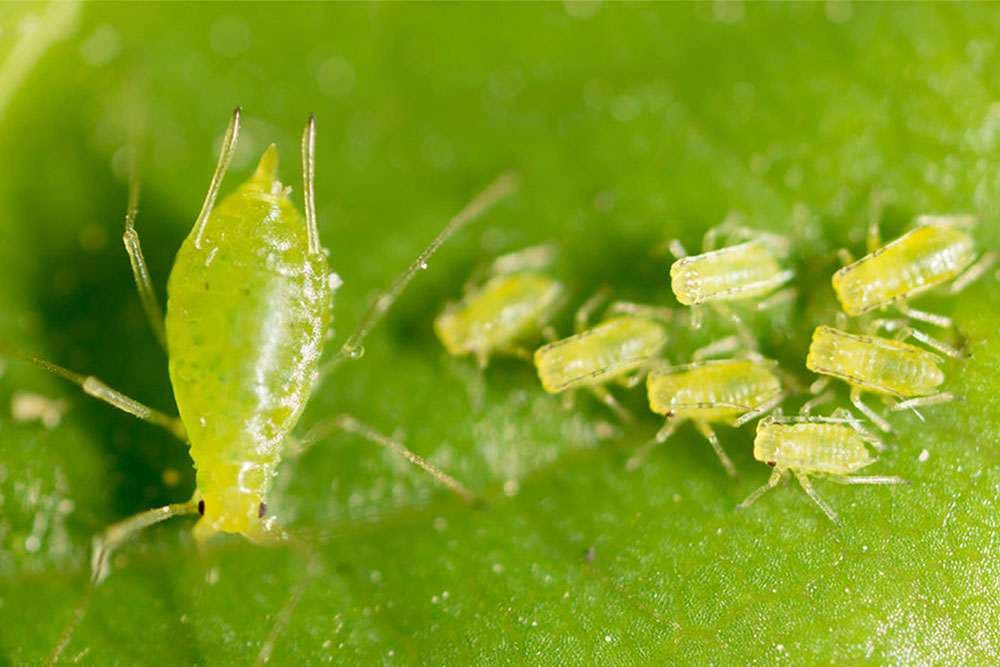 Purchase a tree with its rootstock to get the most outstanding results, as this will prevent suckers. Many of the trees used in commerce are grafted onto several rootstocks, resulting in many suckers. How to Take Care of a Twisted Nut Tree You don’t need to exert much effort once you have a Twisted Nut Tree in the proper spot. It has fundamental requirements for growth. Straight hazels need damp soil first. After planting, they need to be watered frequently. If the weather is dry, you must water them frequently, even after they are established. The next and most crucial step is to clip off any suckers that may emerge. Twisted hazelnut trees with grafted roots often produce a lot of suckers that shouldn’t grow. The crooked hazel bush is susceptible to disease and pests like other plants. Oriental nematode Fusarium wilt is one illness that needs to be taken seriously. Oregon and the country’s eastern half are where it is most common. The blossoms and foliage will turn brown, wither, and die if pests attack your tree. Additionally, check your extremities for sores, especially in the upper canopy. In times of high humidity, spores in the air let disease-causing fungus move from tree to tree. Bacterial blight can be prevented in the best cases by growing disease-resistant cultivars. If your tree has already been attacked, you should stop chopping and burning any afflicted limbs until it’s dry outside.
Purchase a tree with its rootstock to get the most outstanding results, as this will prevent suckers. Many of the trees used in commerce are grafted onto several rootstocks, resulting in many suckers. How to Take Care of a Twisted Nut Tree You don’t need to exert much effort once you have a Twisted Nut Tree in the proper spot. It has fundamental requirements for growth. Straight hazels need damp soil first. After planting, they need to be watered frequently. If the weather is dry, you must water them frequently, even after they are established. The next and most crucial step is to clip off any suckers that may emerge. Twisted hazelnut trees with grafted roots often produce a lot of suckers that shouldn’t grow. The crooked hazel bush is susceptible to disease and pests like other plants. Oriental nematode Fusarium wilt is one illness that needs to be taken seriously. Oregon and the country’s eastern half are where it is most common. The blossoms and foliage will turn brown, wither, and die if pests attack your tree. Additionally, check your extremities for sores, especially in the upper canopy. In times of high humidity, spores in the air let disease-causing fungus move from tree to tree. Bacterial blight can be prevented in the best cases by growing disease-resistant cultivars. If your tree has already been attacked, you should stop chopping and burning any afflicted limbs until it’s dry outside. 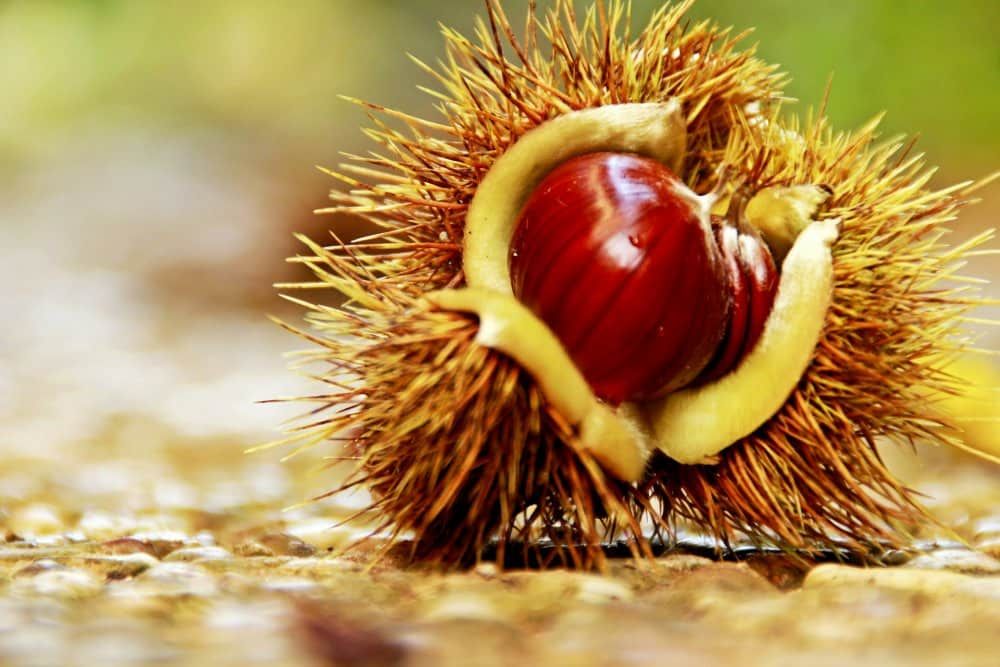
hazelnut tree problems
Every year, the hazelnut tree (Corylus spp.), commonly known as the hazel tree, yields nuts while enhancing the yard’s aesthetics and providing shade. Depending on the kind. Hazel has a few problems that could hinder its growth. lesion Pests and mammals both have a problem with hazelnut trees. Aphids, nut worms, spider mites, scales, and leaf fragments are some of the pests that attack these nut trees. These pests damage tissue by feeding on hazelnut flower buds and leaves, resulting in tissue deformation, discoloration, or reduced growth. Choose parasitic insects, insecticidal soaps, horticultural oils, or insecticides to get rid of these pests. Squirrels and chipmunks, who take ripe nuts from trees, are examples of pest mammals. Trees can be covered with netting to keep squirrels and chipmunks away from the nuts. illness Hazelnuts can become infected by fungi that cause diseases such as powdery mildew, hazelnut blight, root rot, and phytophthora. On the leaves, powdery mildew causes a white to fine gray material. Long wet times are when it is most active. Powdery mildew can be prevented and gotten rid of with a fungicide treatment. Starting with the smaller branches, the hazelnut fusarium wilt targets and kills hazelnut cultivars. This disease has no known cure. Thus, diseased trees must be cut down immediately to stop them from infecting surrounding healthy trees. The roots deteriorate and die as a result of root rot and Phytophthora. This is brought on by overwatering, which deprives the roots of oxygen. Root rot can be avoided with proper irrigation. vaccination Monoecious flowers, or flowers that solely have female or male parts, are produced by hazelnut trees. Even when the male and female flowers open simultaneously, hazelnut trees do not self-pollinate. To bear nuts, hazelnut trees require a second species 50 feet apart. Some hazelnut varieties, such as “Butler” or “White Avalan,” serve as pollinators for other fruit and vegetable species, like “Do Chili” or “Aeneas.” Hazelnut trees would not yield crops if pollinator varieties were not present. Cultural differences In the incorrect climate, hazelnuts frequently struggle to grow and produce nuts. Early spring flowers emerge and perish if exposed to frost. It is a problem when the typical last frost date in more excellent locations is later than March. Long-term exposure to temperatures exceeding 85 degrees Fahrenheit will cause the male flowers to fade and the bark to burn. Hazelnut trees produce thick leaves and branched stems. Without continuous and routine pruning, the canopy may become excessively thick and develop fungus-related diseases. 
Aphids on hazelnut trees
damage to trees, crops, and pests Small to medium-sized breeders generate aphids and consume leaves and husks. In Willamette Valley nut orchards, hazelnut aphids are typically a more significant issue. The hazelnut is primarily located in a nutshell, whereas it is mainly found on the underside of the leaves, feeding on the bark along the marginal leaf veins. Hazel worms tend to predominate on buds and middle leaves. However, both species can be found early in the season before nut clusters develop. The cornea, a tubular projection from the abdomen, is not highly developed in hazelnut aphids, typically bright green or yellowish. The hazel grouse, in comparison, is darker green and may even be scarlet, has more giant legs and well-developed horns. According to experimental data, significant aphid infestations must be managed to prevent decreased nut and kernel size. Aphid damage is a cumulative problem. The control advantages might not be noticeable during the first growing season, but they become apparent after two years or more of aphid control. Black mold grows on the honeydew that aphids generate. Soot mold can delay growth, disrupt photosynthesis, and cause havoc on plants. Be cautious when using insecticides to combat severe aphid infestations since aphids also draw pollinators. Hazelnuts are the only source of these particular aphids, which are absent from other plants. The Sciences and Life History, both types of aphids overwinter as eggs in cracks in the bark, buds, and scales of leaves. As eggs mature, they change color from green to black. 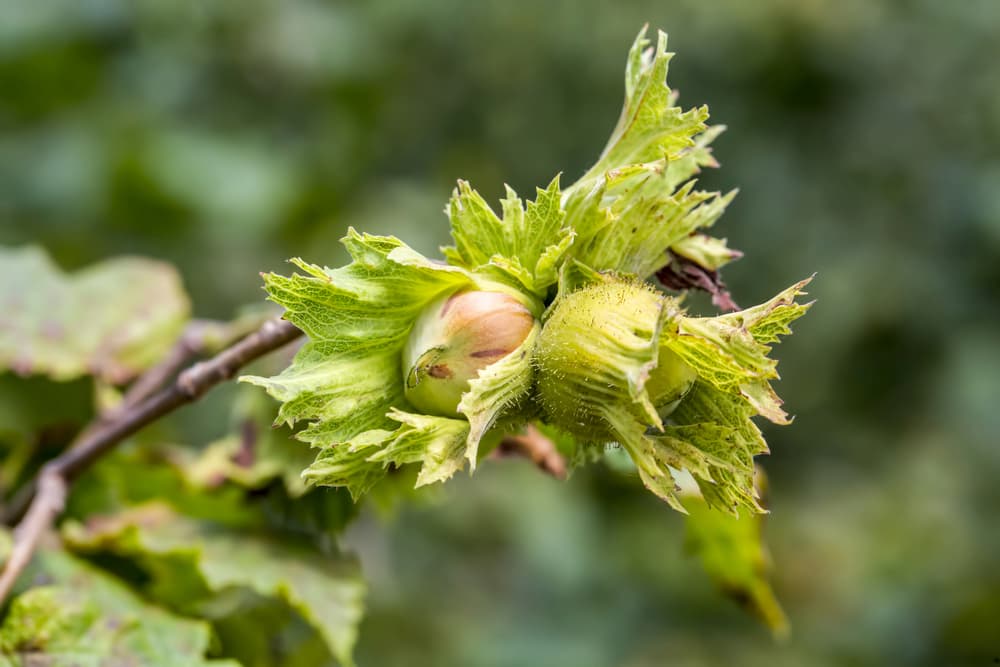 The aphids feed on the swelling buds and leaflets in the early spring before moving on to the leaves when the eggs hatch while the plant is still blossoming. “Stem-winged mothers,” or the origins that arose from these original nymphs, can disperse by flight and give birth to live larvae (grubs) that conceive again when they reach maturity. 8 to 10 generations can occur a year, which can cause populations to increase. Winged sexual males and wingless females (oocytes) develop in the autumn. In the winter, these females mate and lay their eggs.
The aphids feed on the swelling buds and leaflets in the early spring before moving on to the leaves when the eggs hatch while the plant is still blossoming. “Stem-winged mothers,” or the origins that arose from these original nymphs, can disperse by flight and give birth to live larvae (grubs) that conceive again when they reach maturity. 8 to 10 generations can occur a year, which can cause populations to increase. Winged sexual males and wingless females (oocytes) develop in the autumn. In the winter, these females mate and lay their eggs.



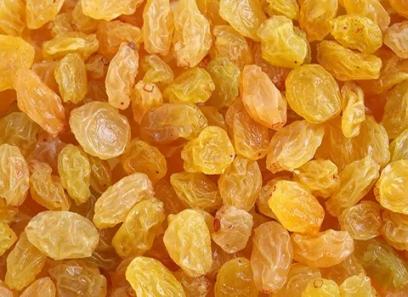
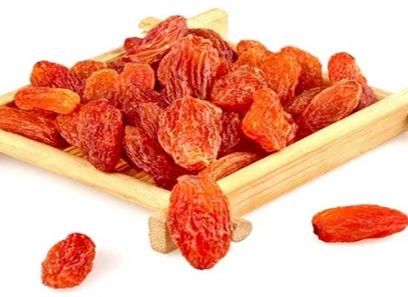
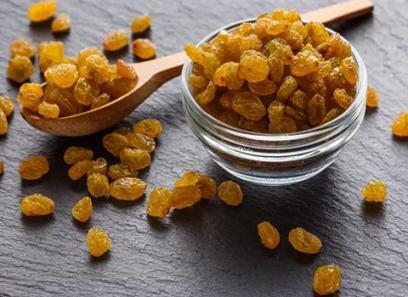


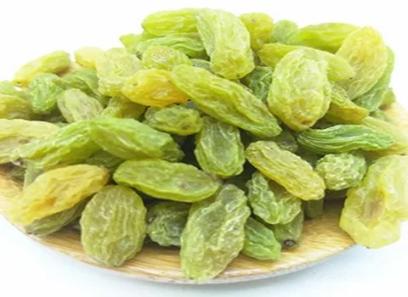
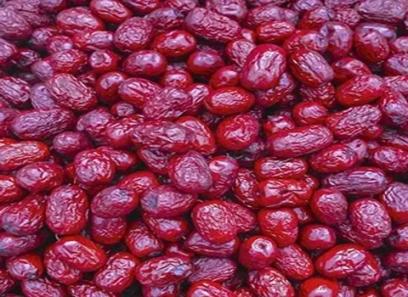
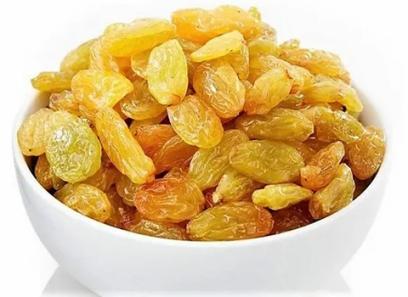
Your comment submitted.